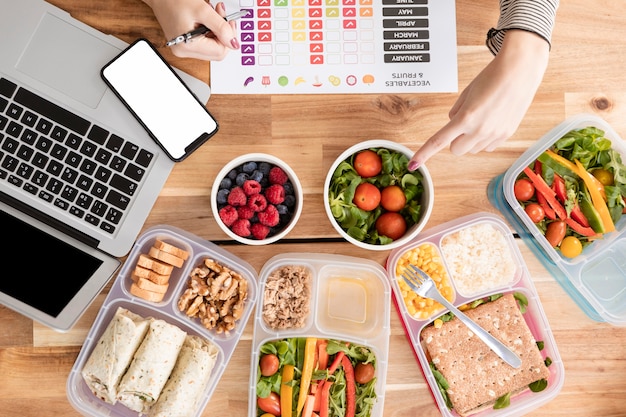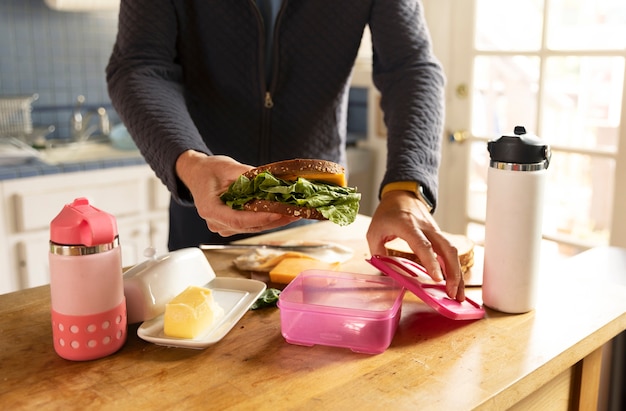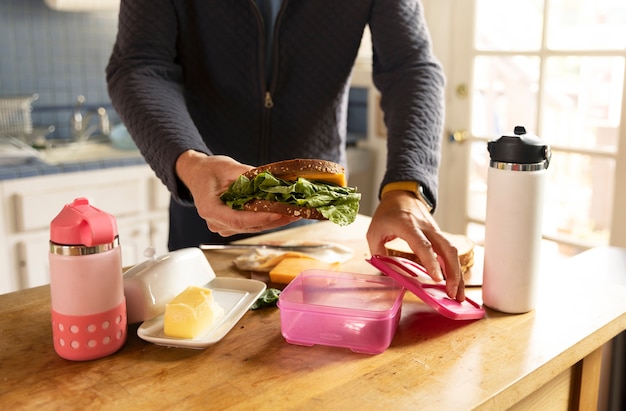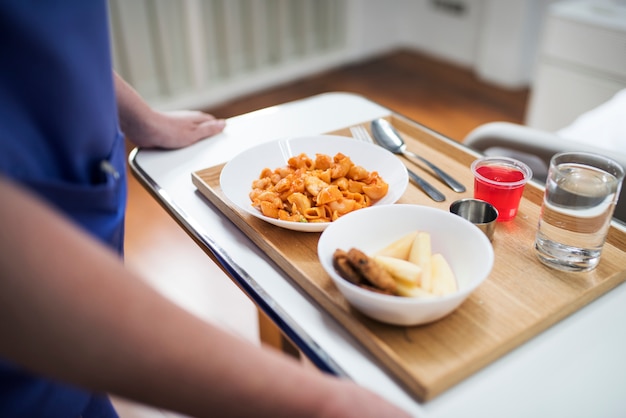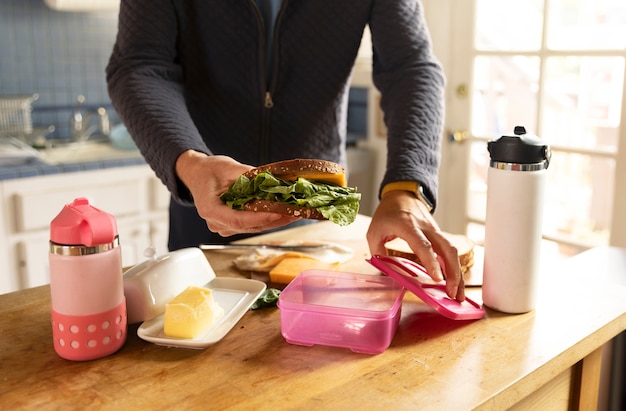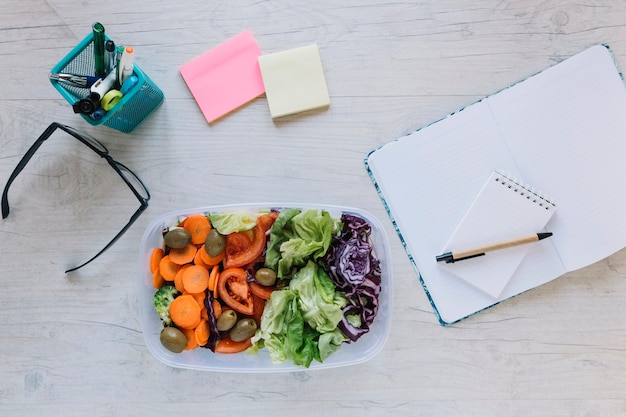Sustainable Weekly Meal Prep to Burn Fat & Manage Diabetes: A Smart, Safe Blueprint with Gym Tips
Managing diabetes while working toward fat loss requires a thoughtful, sustainable approach. Weekly meal prep isn’t just about saving time—it’s a powerful tool for stabilizing blood sugar, supporting metabolism, and building healthy habits. When combined with safe gym practices, this strategy becomes even more effective. This comprehensive guide offers a diabetes-friendly meal prep blueprint with weekly targets, practical tips, and essential safety reminders.
Why Weekly Meal Prep Matters for Diabetes and Fat Loss
For individuals with diabetes, consistency in food intake is key to maintaining stable glucose levels. Preparing meals in advance helps avoid impulsive eating and ensures balanced macronutrient distribution. A structured weekly plan supports fat loss by controlling portion sizes, minimizing processed foods, and prioritizing high-fiber, low-glycemic ingredients.
Meal prep also aligns with muscle preservation during fat loss. Including adequate lean protein in each meal helps maintain muscle mass, especially when paired with resistance training at the gym.
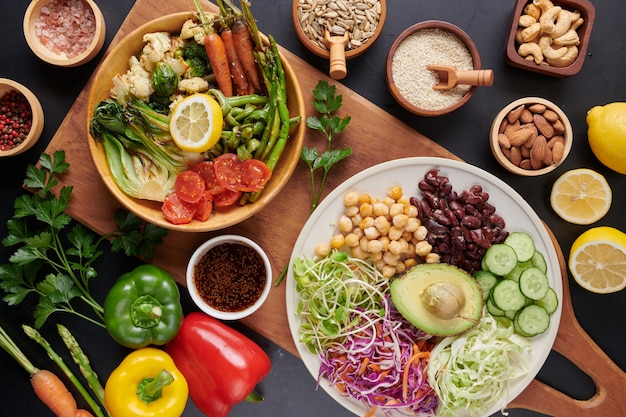
Weekly Meal Prep Targets for Diabetes & Fat Loss
- Carbohydrates: 45–60g per meal (adjust based on individual tolerance and medication)
- Protein: 20–30g per meal to support satiety and muscle health
- Fiber: Aim for 25–30g daily from vegetables, legumes, and whole grains
- Fats: Focus on healthy sources—avocado, nuts, seeds, olive oil
- Calories: Moderate deficit of 300–500 calories/day below maintenance
- Hydration: At least 8 cups (64 oz) of water daily; more if active
Diabetes-Friendly Weekly Meal Prep Plan
Here’s a sample structure for a 7-day plan. All meals are designed to be prepped in under 2 hours and stored safely.
Day 1–2: Prep Day (Sunday)
- Breakfast: Greek yogurt with chia seeds, berries, and a sprinkle of nuts
- Lunch: Grilled chicken with quinoa, roasted broccoli, and olive oil drizzle
- Dinner: Baked salmon, sautéed spinach, and sweet potato cubes
- Snacks: Hard-boiled eggs, sliced cucumbers with hummus, apple with almond butter
Day 3–4: Midweek Refresh
Reheat prepped meals or swap in similar options like turkey lettuce wraps, lentil soup, or stir-fried tofu with mixed vegetables.
Day 5–7: Final Stretch
Use remaining ingredients to create new combinations—e.g., grain bowls with black beans, corn, and avocado. Avoid repetition to stay motivated.
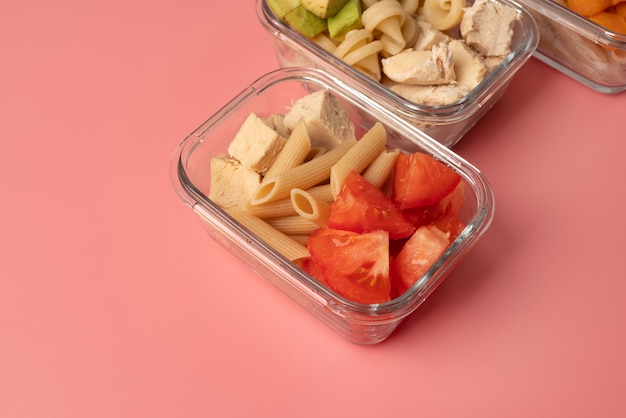
Smart Meal Prep Tips for Success
- Batch cook proteins and grains: Save time by cooking chicken, fish, tofu, quinoa, or barley in bulk.
- Use portion-controlled containers: Prevent overeating with divided, labeled containers.
- Pre-cut vegetables: Store in airtight containers for quick additions to meals.
- Label and date everything: Ensure food safety and freshness throughout the week.
- Freeze extras: Soups, stews, and cooked portions can be frozen for later use.
Gym Etiquette & Safety for People with Diabetes
Exercise is a vital part of fat loss and glucose control, but safety is paramount—especially for those managing diabetes.
Before Your Workout
- Check blood glucose. Avoid intense exercise if levels are below 100 mg/dL or above 250 mg/dL with ketones.
- Eat a balanced snack with carbs and protein if needed (e.g., banana with peanut butter).
- Carry fast-acting glucose (glucose tablets or juice) in case of hypoglycemia.
During Your Workout
- Stay hydrated and monitor how you feel. Dizziness or shakiness may signal low blood sugar.
- Wipe down equipment before and after use—this is both a safety and courtesy practice.
- Respect others’ space; don’t leave equipment unattended for long periods.
After Your Workout
- Recheck blood glucose. Exercise can cause delayed hypoglycemia, especially overnight.
- Refuel with a meal containing protein and complex carbs within 45 minutes.
- Stretch and cool down to support recovery and prevent injury.

Safety Reminders
- Always consult your healthcare provider before starting a new diet or exercise plan.
- Adjust insulin or medications as needed based on activity and food intake—under medical guidance.
- Never skip meals, even when trying to lose fat. Regular eating supports metabolic and glucose stability.
- Store prepped meals at or below 40°F and consume within 4 days, or freeze for longer storage.
Final Thoughts
Sustainable fat loss with diabetes is achievable through consistent, mindful meal prep and safe physical activity. This weekly blueprint supports your health goals without compromising safety or nutrition. By planning ahead, respecting your body’s needs, and practicing good gym habits, you can build a routine that lasts—and thrives.








